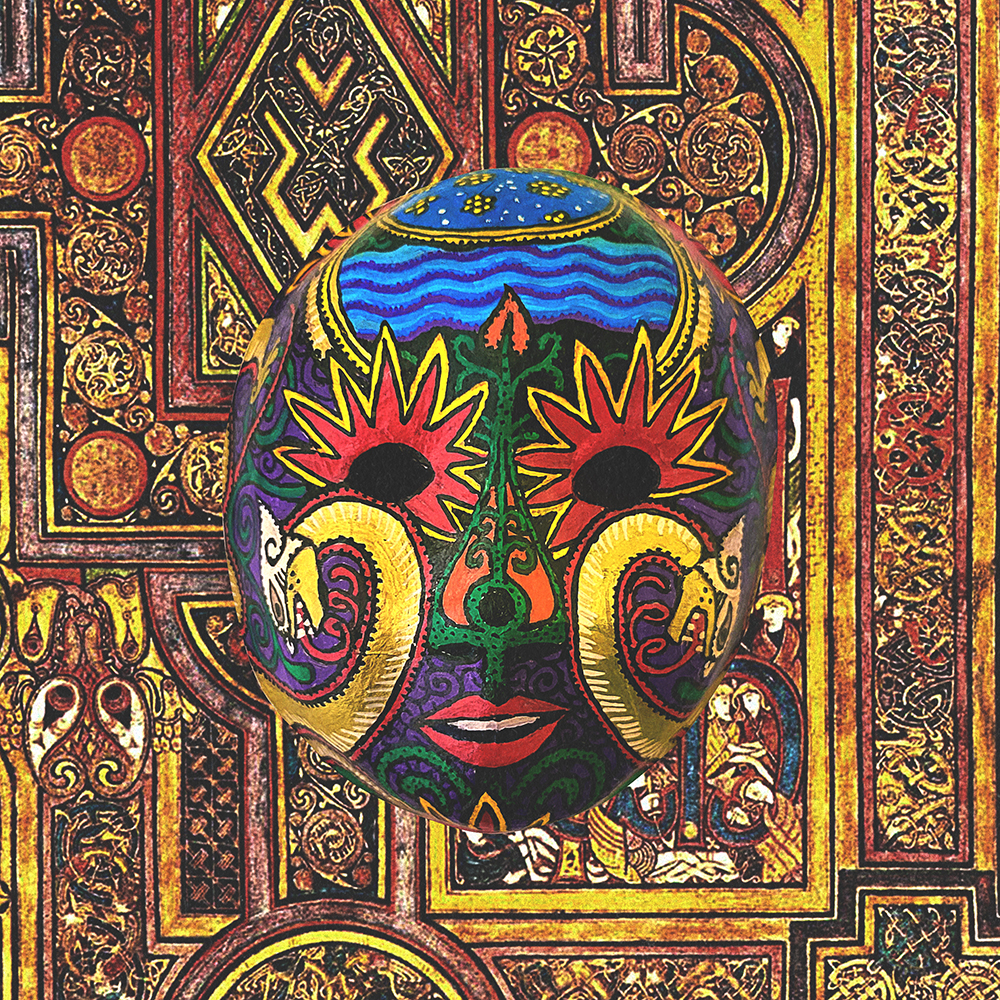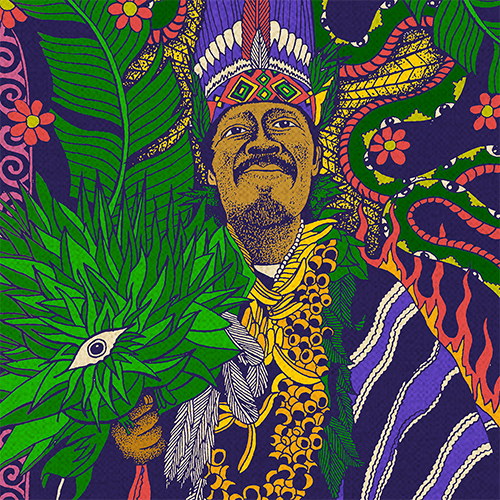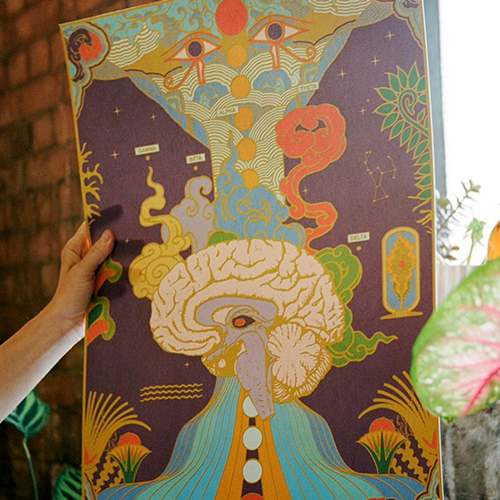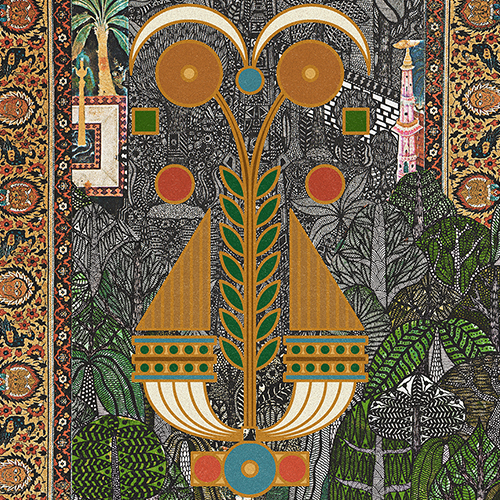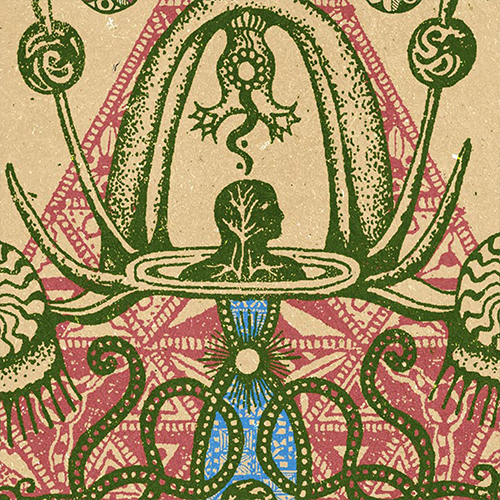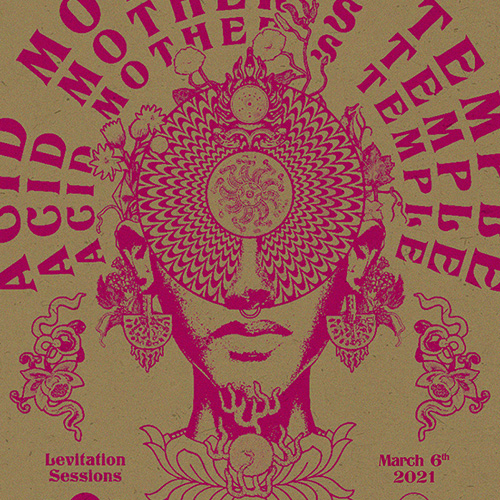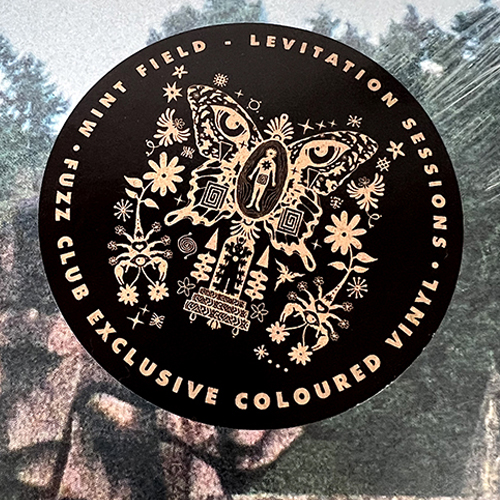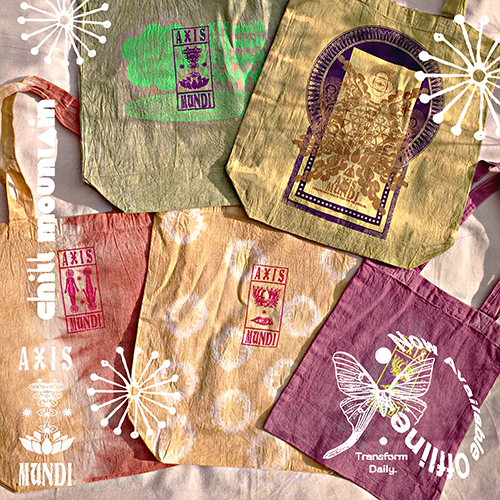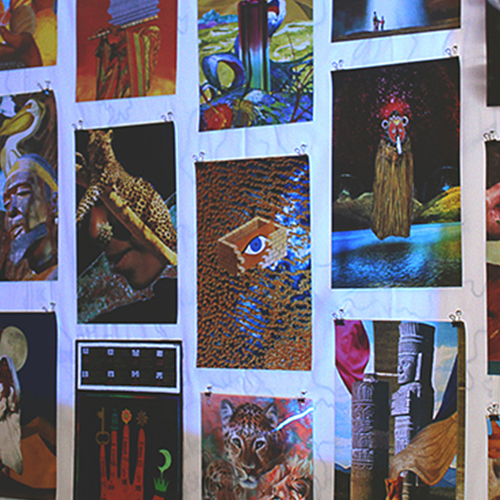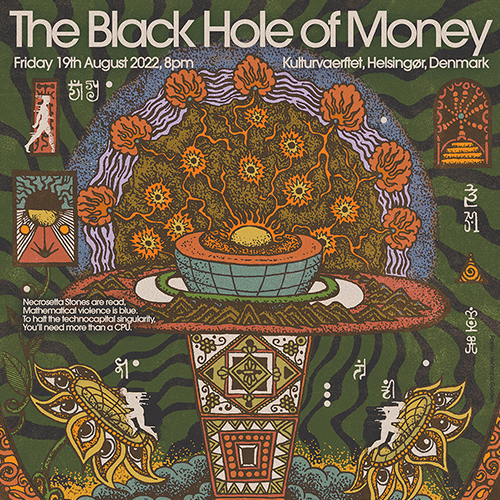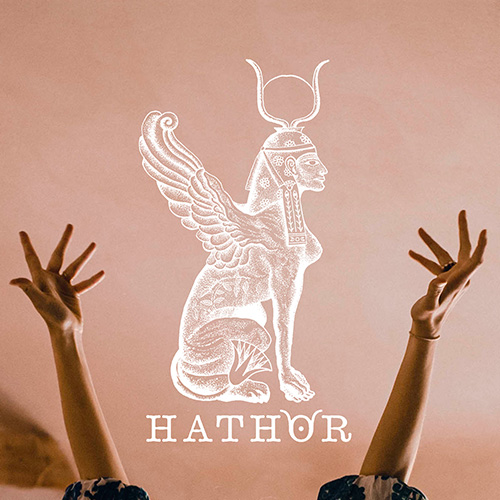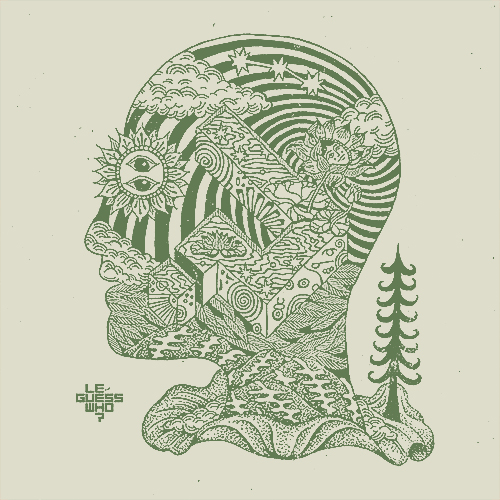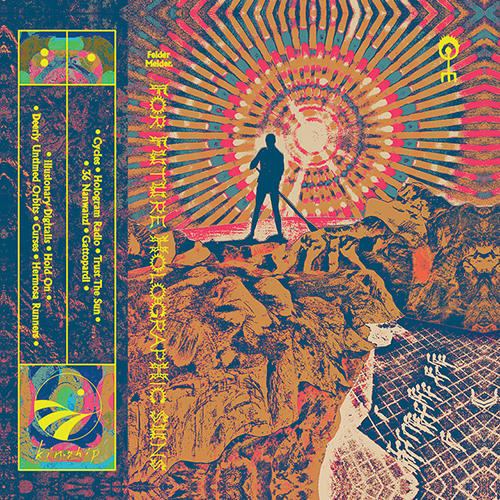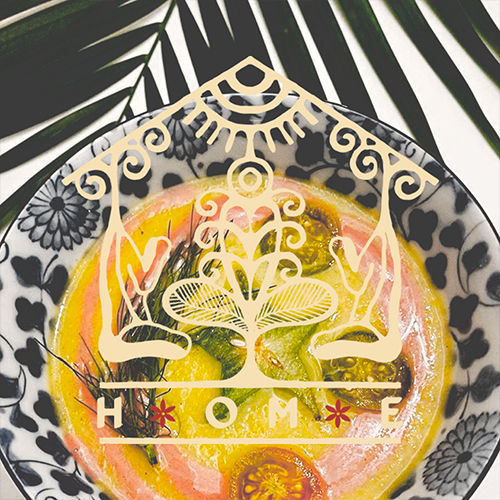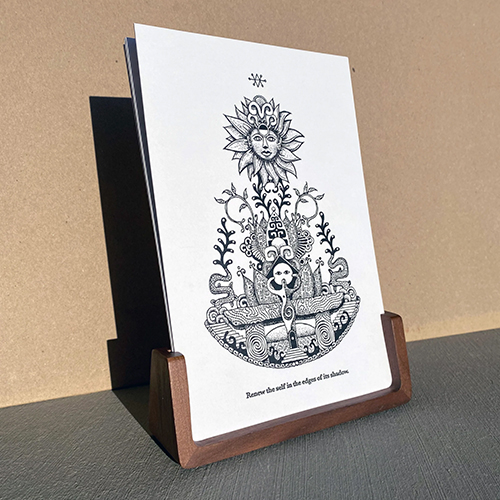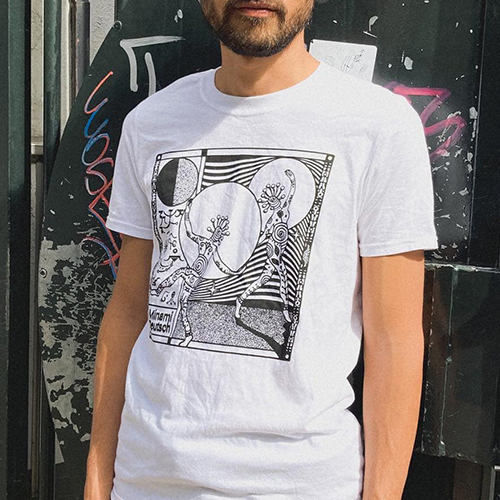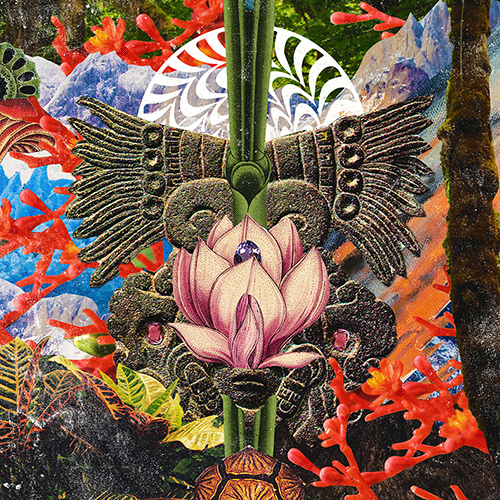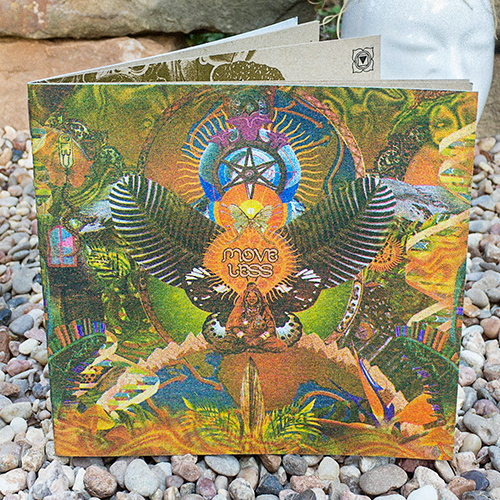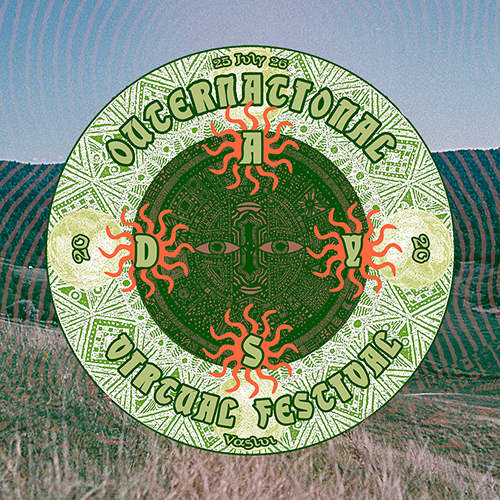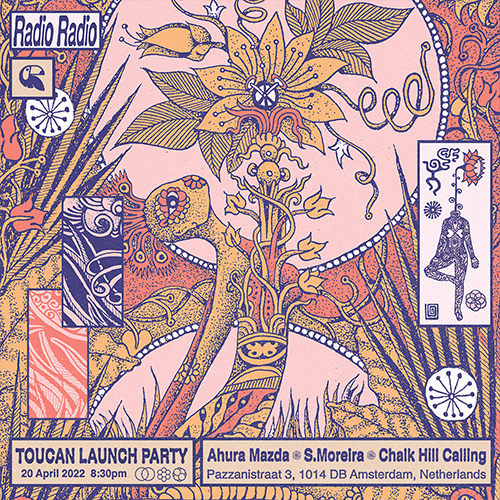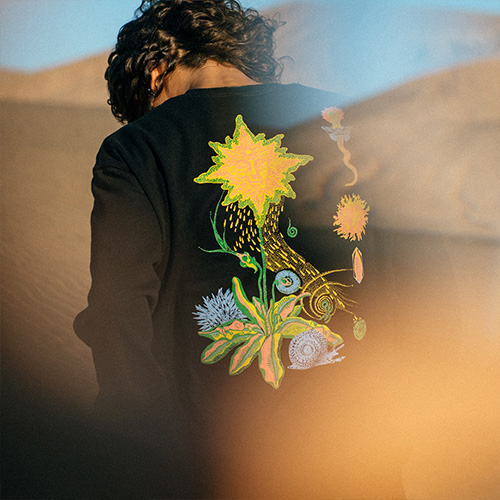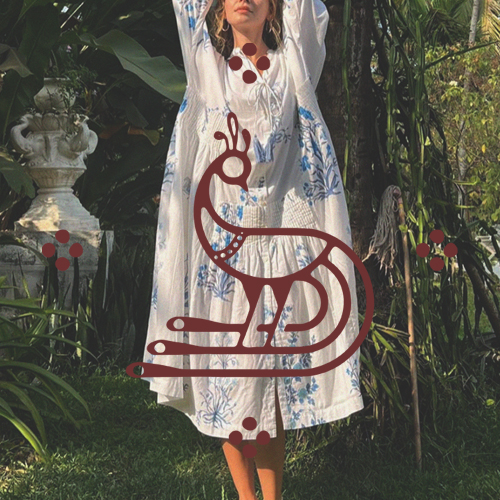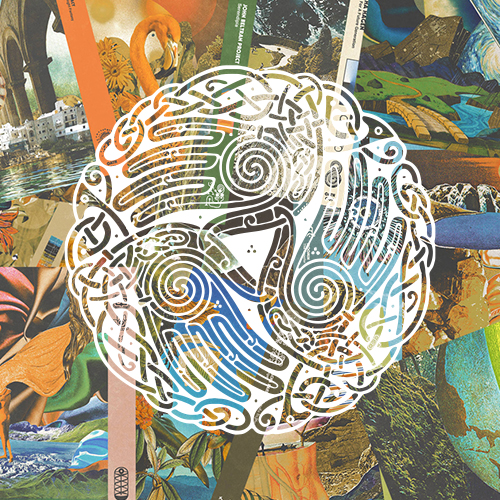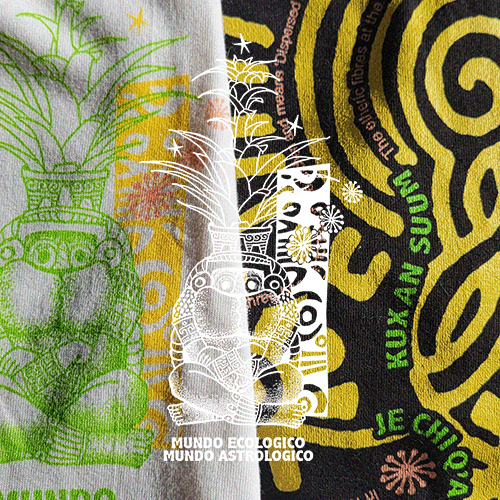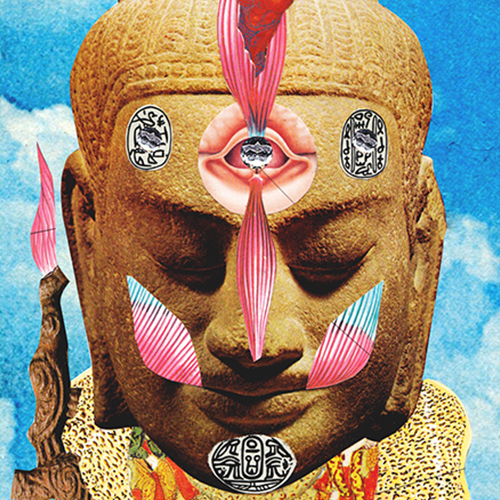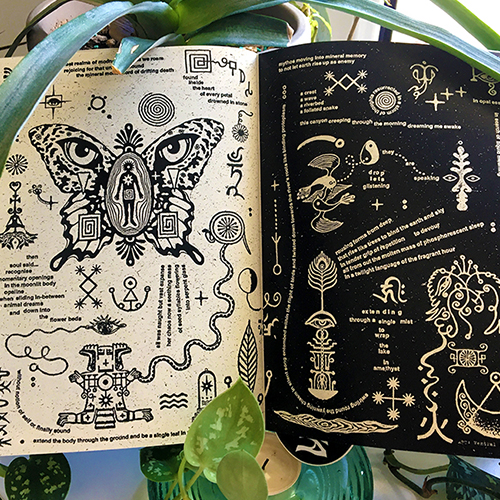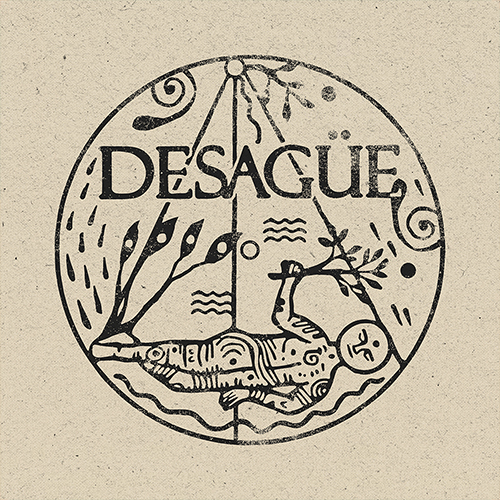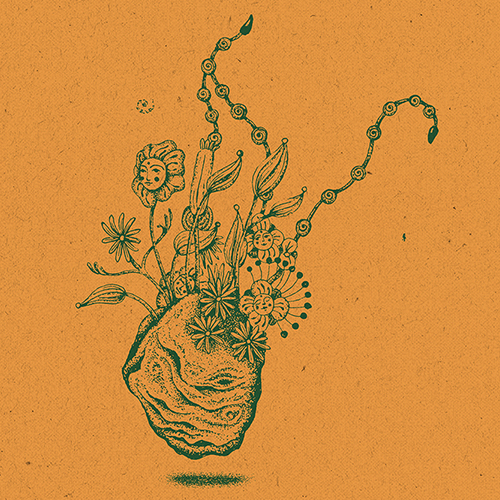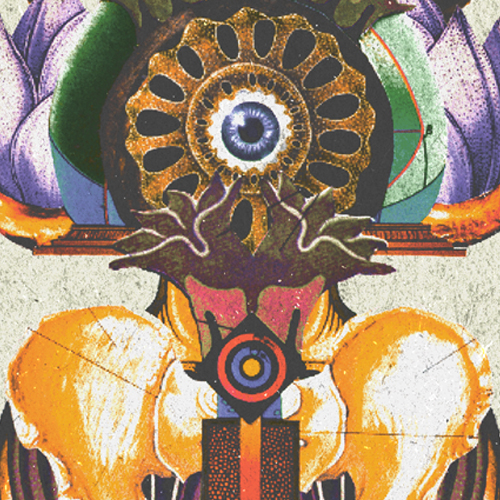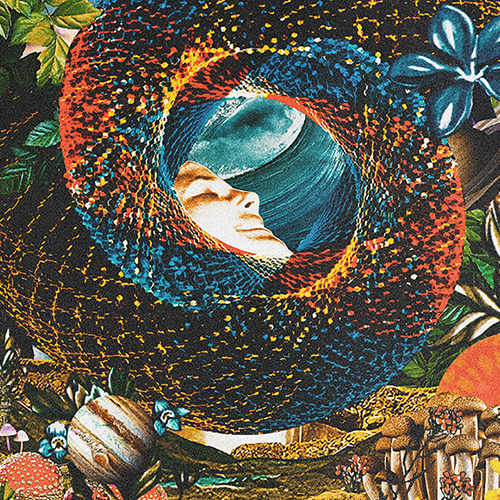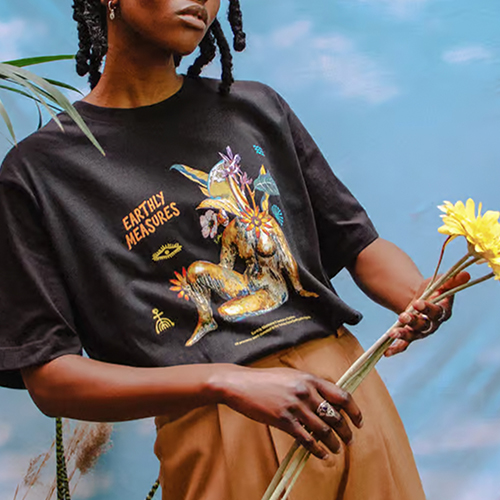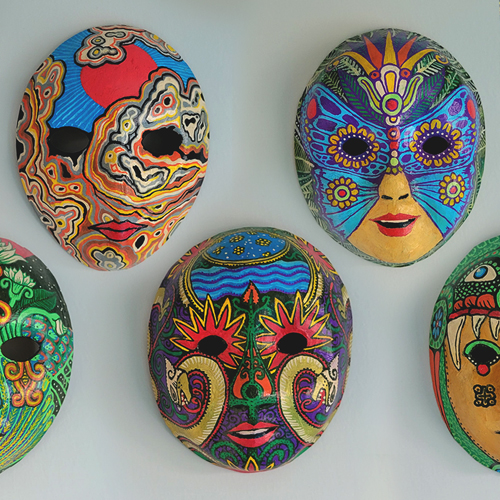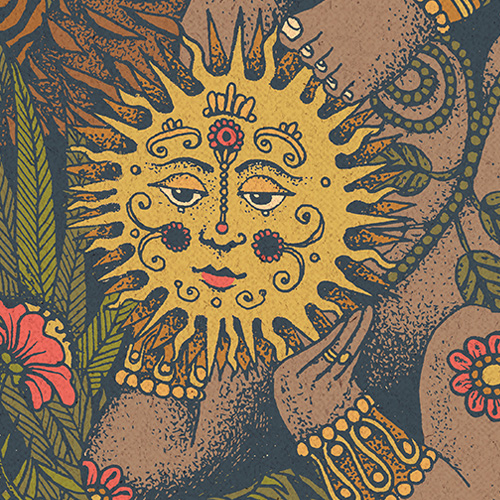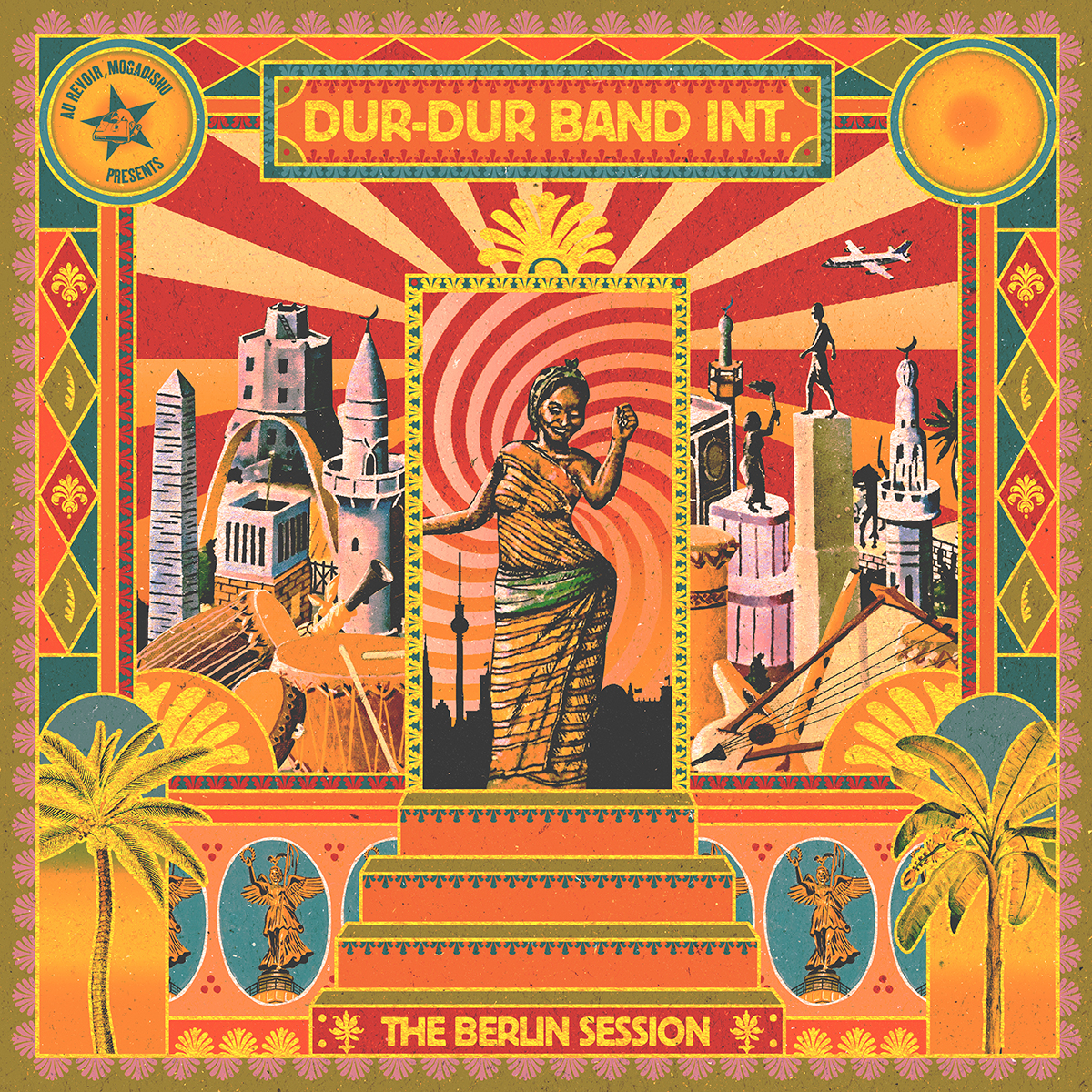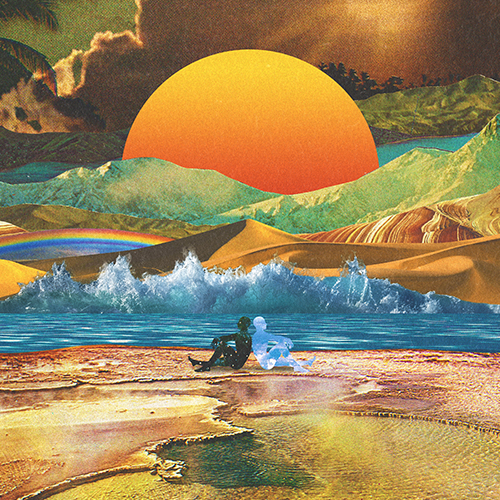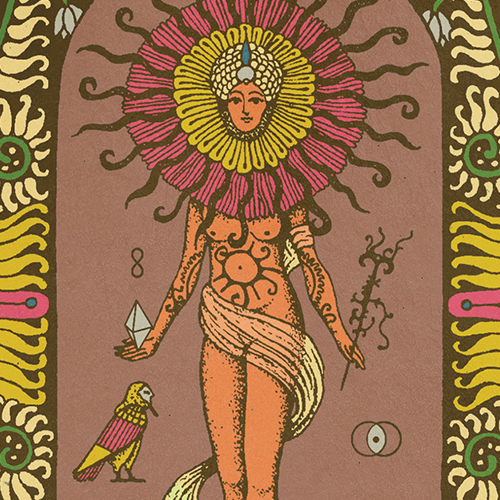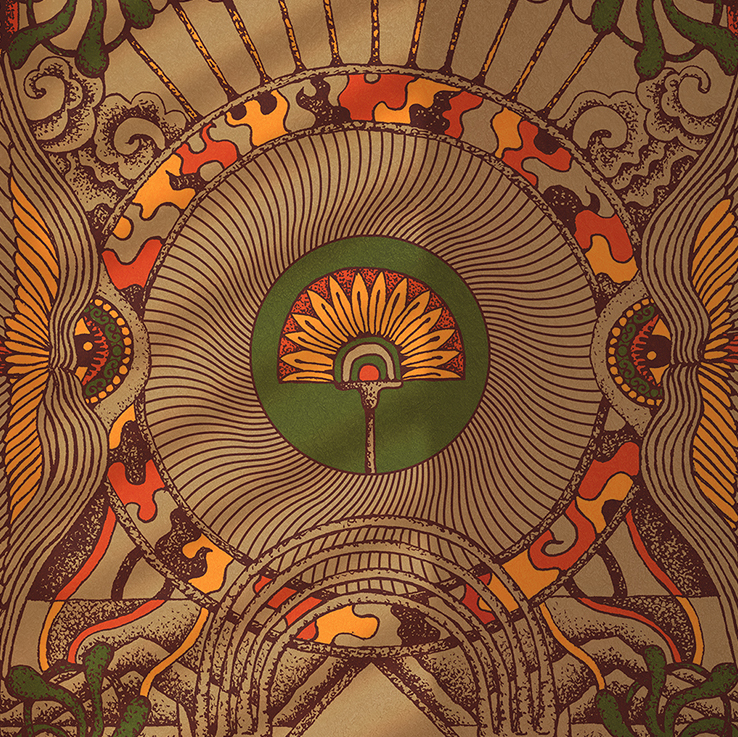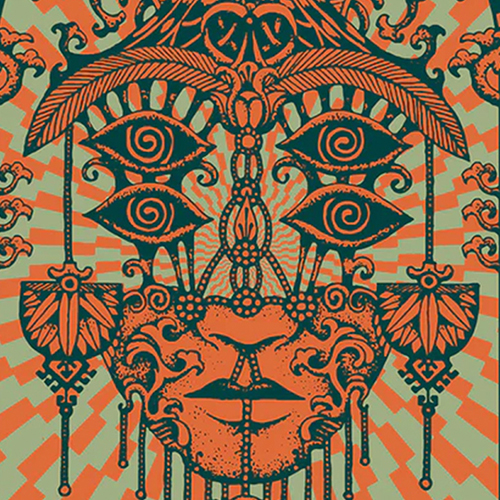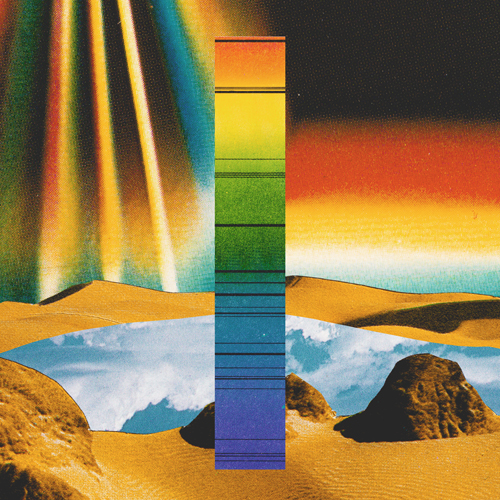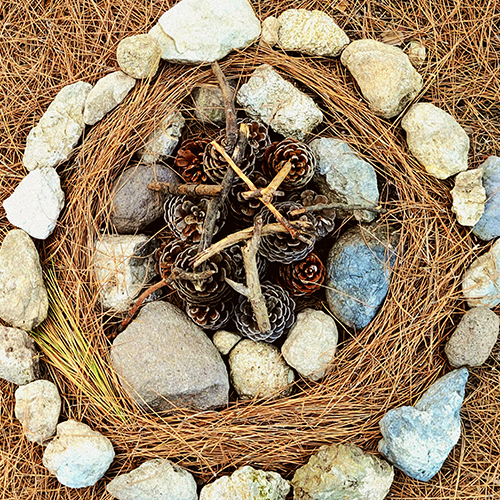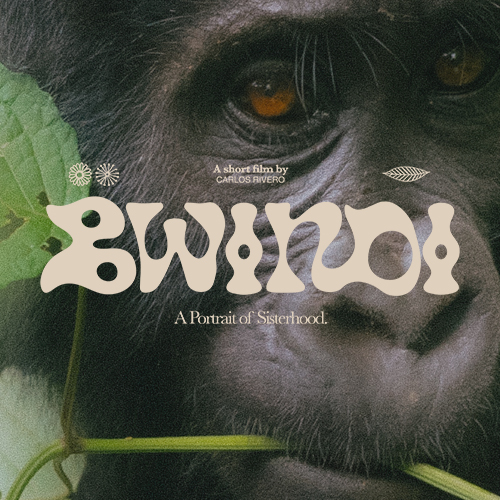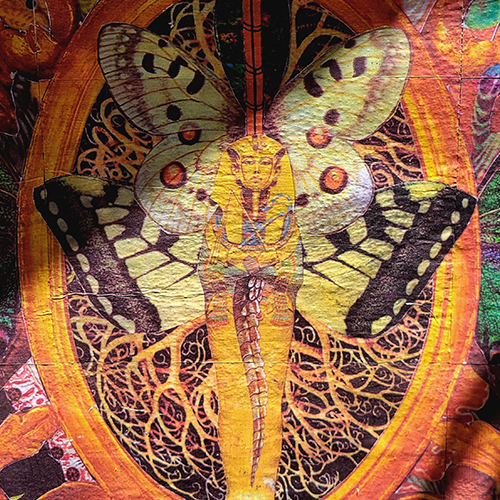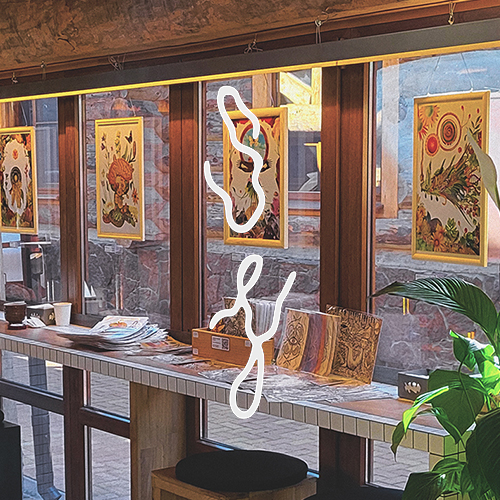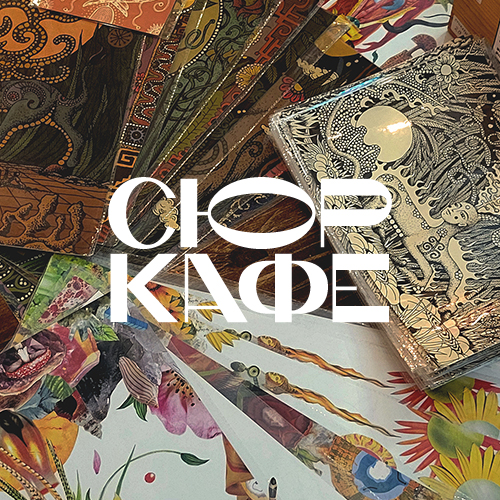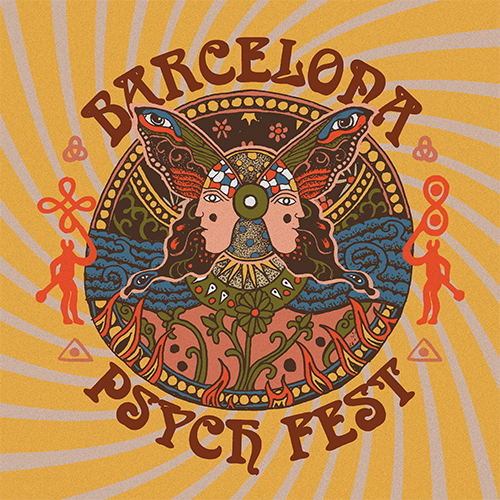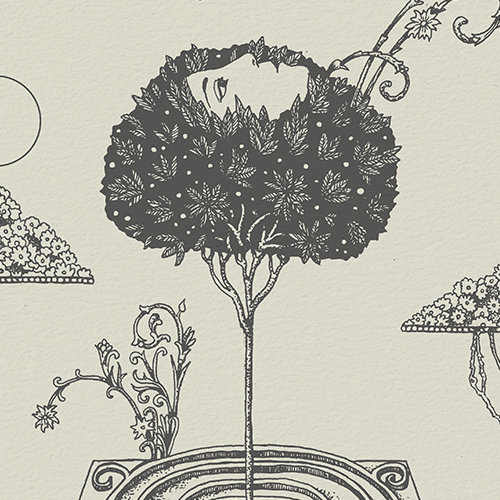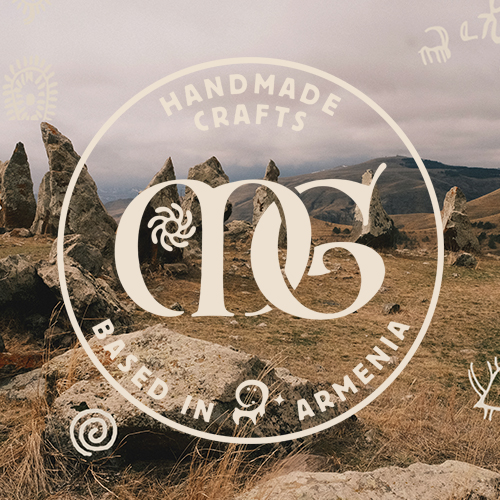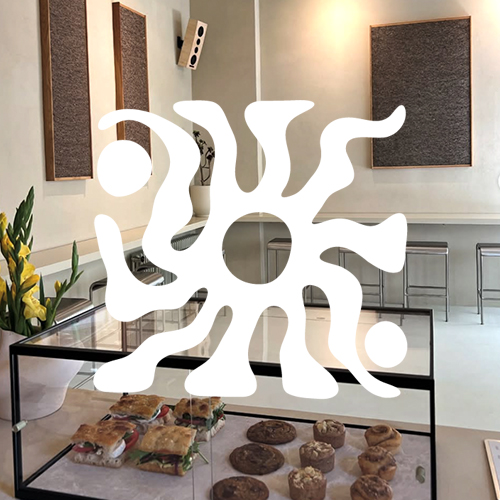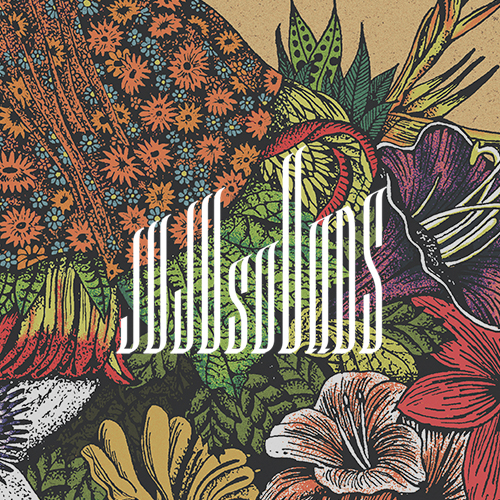Godheads.
A personal project exploring the folklore and symbology of the world’s cultures and conceptions of divinity through hand painted, papier mache masks.
Details: Ongoing personal project, papier mache, paint.
Xochiquetzal.
(Zo-chi-ket-sal)
Precious Feathered Flower.
(Papier mache mask, acrylic and ink, 2023)
The goddess of love, beauty, art, dance, plants, fresh water and transformation.
Consort of rain god Chaac / Tlaloc and creator deity Tezcatlipoca.
Inhabits Tamoanchán (Split-sky, Place of the Misty Centre), where it is believed that the tree of life (Xochitlicacan) grows, with each of its blossoms an amulet. For this reason, she was also seen on shields and butterfly breastplates worn by warriors to denote bravery and self-sacrifice.
The gestalt of butterfly wings, flowers and fires were often held in the same regard, as these were important ingredients in the process of metamorphosis.
(Zo-chi-ket-sal)
Precious Feathered Flower.
(Papier mache mask, acrylic and ink, 2023)
The goddess of love, beauty, art, dance, plants, fresh water and transformation.
Consort of rain god Chaac / Tlaloc and creator deity Tezcatlipoca.
Inhabits Tamoanchán (Split-sky, Place of the Misty Centre), where it is believed that the tree of life (Xochitlicacan) grows, with each of its blossoms an amulet. For this reason, she was also seen on shields and butterfly breastplates worn by warriors to denote bravery and self-sacrifice.
The gestalt of butterfly wings, flowers and fires were often held in the same regard, as these were important ingredients in the process of metamorphosis.




Ehécatl-Quetzalcoatl.
(eh-hec-atul-ket-sal-co-atul)
Feathered Serpent of Wind.
(Papier mache mask, acrylic and ink, 2023)
A matrix of complex serpent symbology runs through all Mesoamerican cosmology and is defined in the many aspects of a creator deity named Quetzalcoatl. In the aspect of Ehécatl, this deity is associated with the source of cosmic winds.
It was by using the source of this energy that Ehécatl was able to animate the bones that he stole from Mictlan to create the most recent form of human beings.
Whilst in the underworld, he was challenged to give them life by playing his Conch Shell, but Lord of the Underworld, Mictlantecuhtli, had taken out the finger holes. Ehecatl then cleverly had worms bore holes in the shell and for bees to hum inside of it, producing a tremendous resonance. This sound ensured his existence (and ours) in the physical realm, and enshrined the notion of the Underworld as a dimension of resonance
(eh-hec-atul-ket-sal-co-atul)
Feathered Serpent of Wind.
(Papier mache mask, acrylic and ink, 2023)
A matrix of complex serpent symbology runs through all Mesoamerican cosmology and is defined in the many aspects of a creator deity named Quetzalcoatl. In the aspect of Ehécatl, this deity is associated with the source of cosmic winds.
It was by using the source of this energy that Ehécatl was able to animate the bones that he stole from Mictlan to create the most recent form of human beings.
Whilst in the underworld, he was challenged to give them life by playing his Conch Shell, but Lord of the Underworld, Mictlantecuhtli, had taken out the finger holes. Ehecatl then cleverly had worms bore holes in the shell and for bees to hum inside of it, producing a tremendous resonance. This sound ensured his existence (and ours) in the physical realm, and enshrined the notion of the Underworld as a dimension of resonance




Tawûsî Melek.
Peacock Angel.
(Papier mache mask, acrylic and ink, 2023)
From the pre-Zoroastrian, Yazidi religion of the western Iranian pagan traditions.
Tawûsî Melek was named as one of the seven divine beings entrusted with safekeeping the world.
As leader of the Archangels, he decsended to earth as an emanation of the peacock who bore the seven colours of the visible light spectrum in his feathers.
Peacock Angel.
(Papier mache mask, acrylic and ink, 2023)
From the pre-Zoroastrian, Yazidi religion of the western Iranian pagan traditions.
Tawûsî Melek was named as one of the seven divine beings entrusted with safekeeping the world.
As leader of the Archangels, he decsended to earth as an emanation of the peacock who bore the seven colours of the visible light spectrum in his feathers.




Aya The Morning-Maker.
(Papier mache mask, acrylic and ink, 2023)
Agate, a mineral of the Quartz family, takes its name from Achates, the river where it was discovered, which means ‘sharp’.
Forming in a variety of colours, each have been said to have various properties linking to improved concentration, speech and increased spontaneity.
In the Sumerian Epic of Gilgamesh, it was believed that Agate (muššaru) was formed from dewdrops that hung from the Lapis-Lazuli leaves of the jewelled trees in the Garden of the Gods.
In ancient Chinese folklore, it was believed that Agate was formed from the recrystallisation of spilled blood.
In ancient Iran, magicians used to place Agate in the centre of ceremonial fires to dispel unwanted thunderstorms.
In ancient Rome, Agate was linked to Aurōra, goddess of the dawn, for its visual properties of energy and renewal.
In most cultures it was worn in amulets to protect against poisons from scorpions and serpents and to promote good health in general.
Placed on the forehead, Agate would induce prophetic dreams.
(Papier mache mask, acrylic and ink, 2023)
Agate, a mineral of the Quartz family, takes its name from Achates, the river where it was discovered, which means ‘sharp’.
Forming in a variety of colours, each have been said to have various properties linking to improved concentration, speech and increased spontaneity.
In the Sumerian Epic of Gilgamesh, it was believed that Agate (muššaru) was formed from dewdrops that hung from the Lapis-Lazuli leaves of the jewelled trees in the Garden of the Gods.
In ancient Chinese folklore, it was believed that Agate was formed from the recrystallisation of spilled blood.
In ancient Iran, magicians used to place Agate in the centre of ceremonial fires to dispel unwanted thunderstorms.
In ancient Rome, Agate was linked to Aurōra, goddess of the dawn, for its visual properties of energy and renewal.
In most cultures it was worn in amulets to protect against poisons from scorpions and serpents and to promote good health in general.
Placed on the forehead, Agate would induce prophetic dreams.


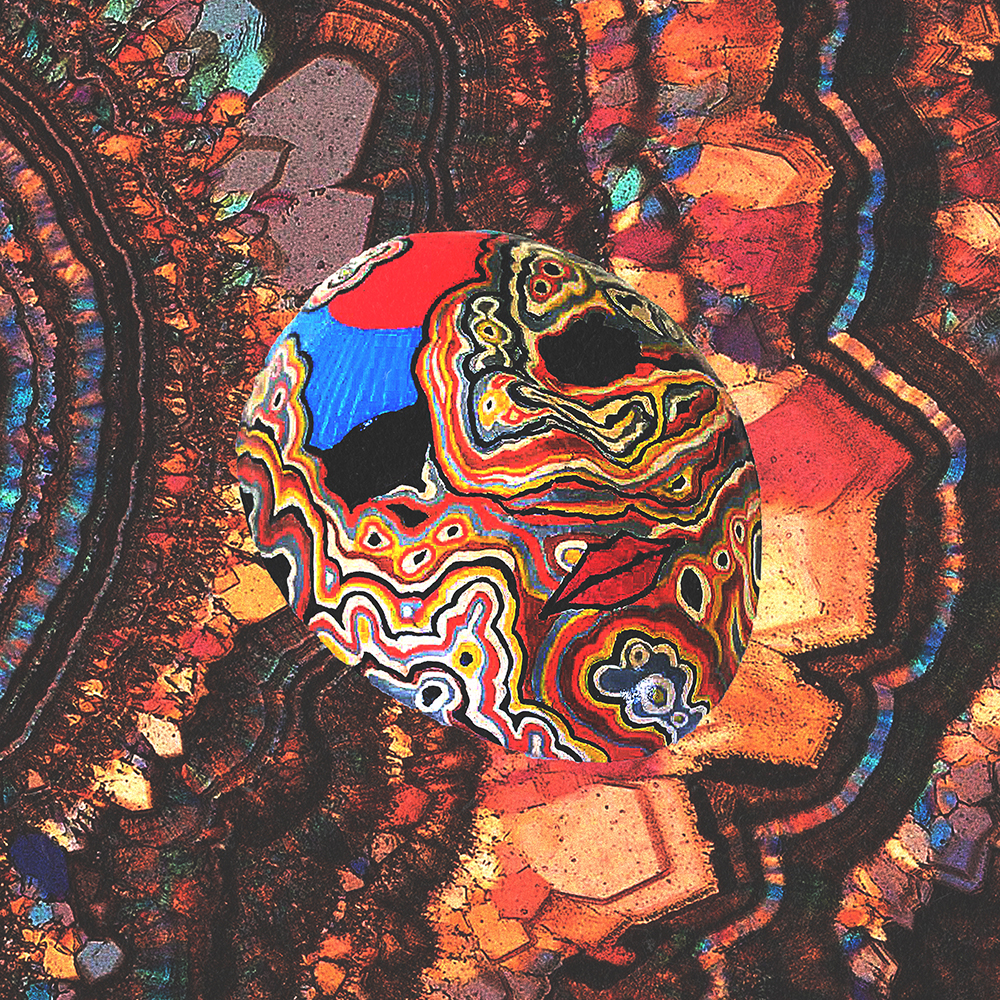
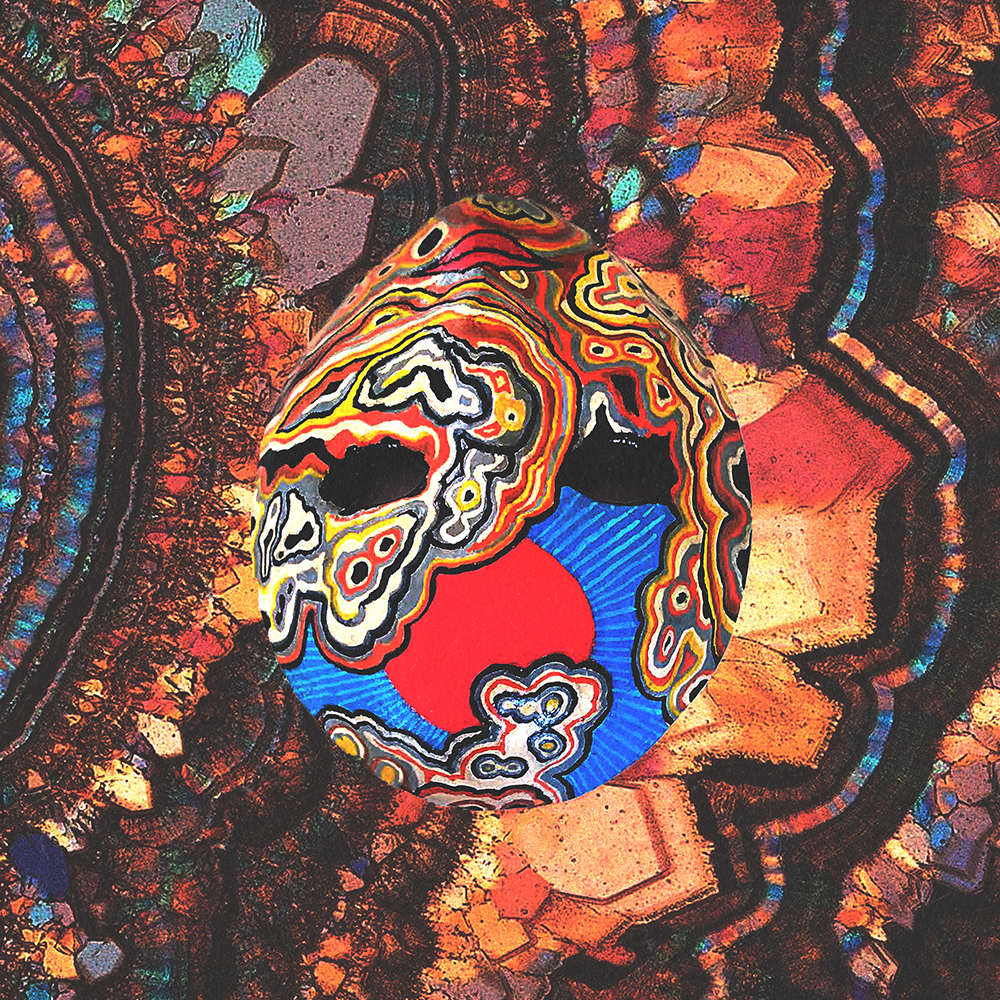
Medb (Maeve).
She Who Intoxicates.
(Papier mache mask, acrylic and ink, 2023)
Inspired by the Ulster Cycle of Irish folklore, this mythical queen was born inside a portal to the Otherworld - Owey-na-gat (The Cave of the Cats).
Medb was similar to several Scythian Queens of the Amazons of The Black Sea region, such as Hippolyta, and as an Irish sovereignty goddess, she shared the iconographic role of being the energy of land personified, alongside the likes of the Morrígan.
She Who Intoxicates.
(Papier mache mask, acrylic and ink, 2023)
Inspired by the Ulster Cycle of Irish folklore, this mythical queen was born inside a portal to the Otherworld - Owey-na-gat (The Cave of the Cats).
Medb was similar to several Scythian Queens of the Amazons of The Black Sea region, such as Hippolyta, and as an Irish sovereignty goddess, she shared the iconographic role of being the energy of land personified, alongside the likes of the Morrígan.
